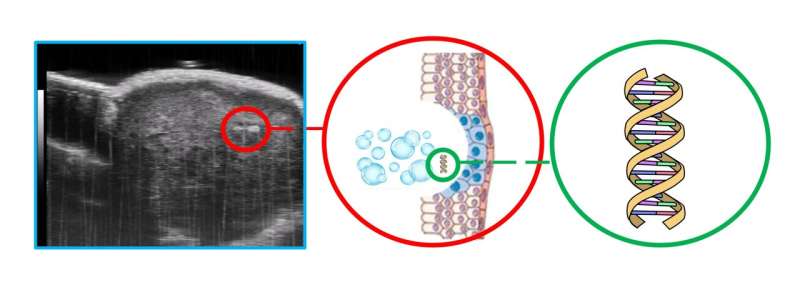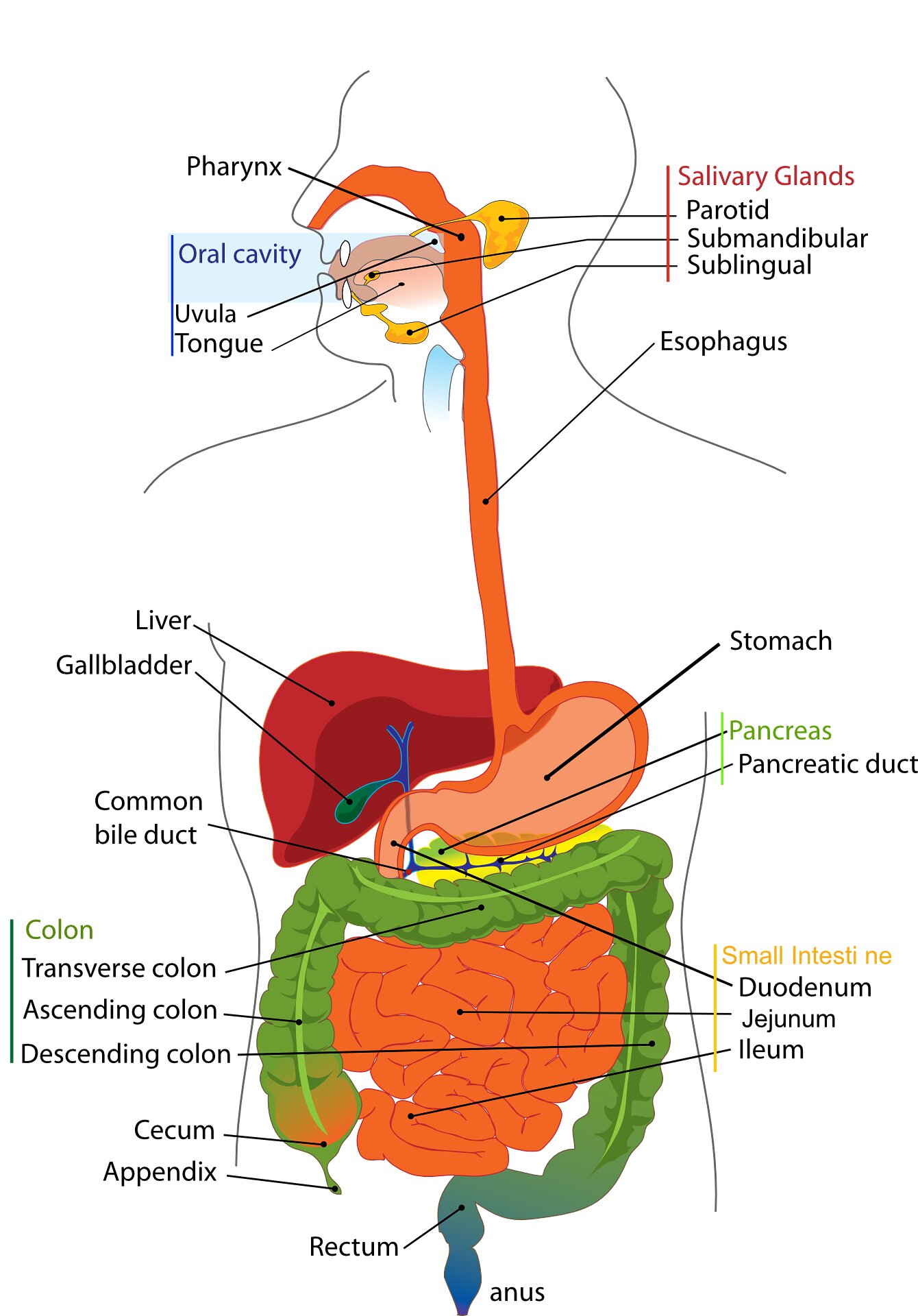Intense ultrasound extracts genetic info for less invasive cancer biopsies


Ultrasound imaging offers a valuable and noninvasive way to find and monitor cancerous tumors. However, much of the most crucial information about a cancer, such as specific cell types and mutations, cannot be learned from imaging and requires invasive and damaging biopsies. One research group developed a way to employ ultrasound to extract this genetic information in a gentler way.
At the University of Alberta, a team led by Roger Zemp explored how intense ultrasound can release biological indicators of disease, or biomarkers, from cells. These biomarkers, like miRNA, mRNA, DNA, or other genetic mutations, can help identify different types of cancer and inform the subsequent therapy.
Zemp presents this work Monday, May 13, at 8:30 a.m. EDT as part of a joint meeting of the Acoustical Society of America and the Canadian Acoustical Association, running May 13–17 at the Shaw Center located in downtown Ottawa, Ontario, Canada.
“Ultrasound, at exposure levels higher than is used for imaging, can create tiny pores in cell membranes, which safely reseal,” Zemp said. “This process is known as sonoporation. The pores formed due to sonoporation were previously used to get drugs into cells and tissues. In our case, we care about releasing the contents of cells for diagnostics.”
The ultrasound releases biomarkers from the cells into the bloodstream, increasing their concentration to a level high enough for detection. Using this method, oncologists can detect cancer and monitor its progression or treatment without the need for painful biopsies. Instead, they can use blood samples, which are easier to procure and less expensive.
“Ultrasound can enhance the levels of these genetic and vesicle biomarkers in blood samples by over 100 times,” said Zemp. “We were able to detect panels of tumor-specific mutations, and now epigenetic mutations that were not otherwise detectable in blood samples.”
Not only was this approach successful at detecting biomarkers, but it also boasts a lower price compared to conventional testing.
“We’ve also found that we can conduct ultrasound-aided blood testing to look for circulating tumor cells in blood samples with single-cell sensitivity for the price of a COVID test,” said Zemp. “This is significantly cheaper than the current methods, which cost about $10,000 per test.”
The team also demonstrated the potential for applying intense ultrasound to liquefy small volumes of tissue for biomarker detection. The liquefied tissue can be retrieved from blood samples or through fine-needle syringes, a much more comfortable option compared to the damaging core-needle alternative.
More accessible techniques to identify cancer will not only allow for earlier detection and treatment but will also allow medical practitioners to be nimble in their approach. They can establish if certain therapies are working without the risks and expenses often associated with repeated biopsies.
“We hope that our ultrasound technologies will benefit patients by providing clinicians a new kind of molecular readout of cells and tissues with minimal discomfort,” said Zemp.
More information:
Main meeting website: https://acousticalsociety.org/ottawa/
Technical program: https://eppro02.ativ.me/src/EventPilot/php/express/web/planner.php?id=ASASPRING24
Citation:
Intense ultrasound extracts genetic info for less invasive cancer biopsies (2024, May 13)
retrieved 13 May 2024
from https://medicalxpress.com/news/2024-05-intense-ultrasound-genetic-info-invasive.html
This document is subject to copyright. Apart from any fair dealing for the purpose of private study or research, no
part may be reproduced without the written permission. The content is provided for information purposes only.





